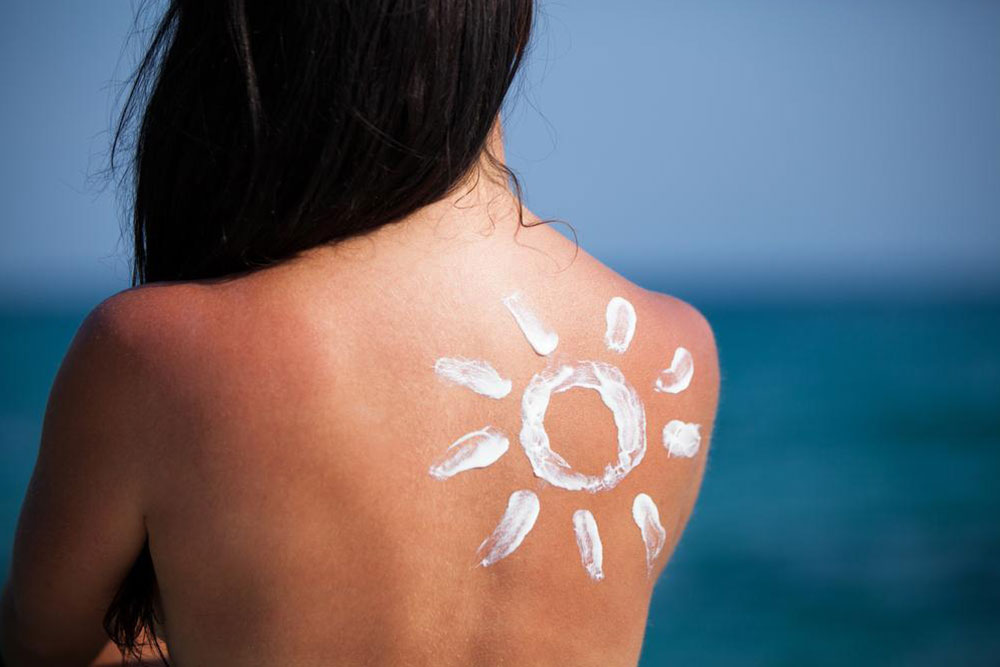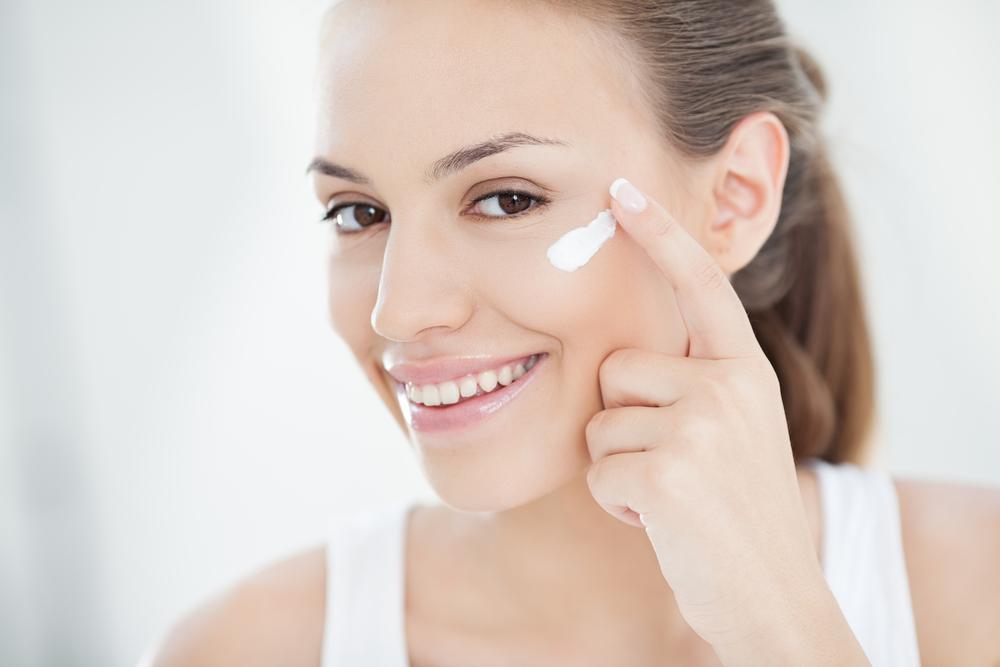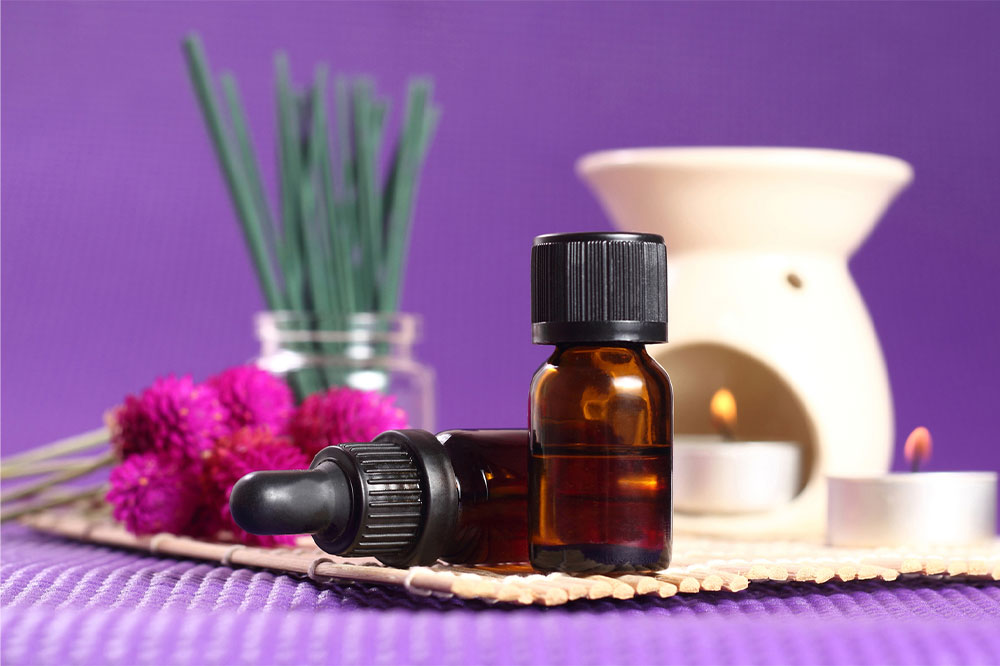Recognizing and Managing Heat Rash: Causes, Symptoms, and Home Treatments
This article provides essential insights into heat rash, including its causes, symptoms, and effective home remedies. It emphasizes preventive tips such as maintaining hygiene, wearing breathable clothing, and staying cool to manage and prevent this common skin condition during hot weather. Suitable for all ages, the guide highlights natural treatments and when to seek medical attention for severe cases.

Summer can be delightful, but it also raises the chances of developing heat rash, also called prickly heat. This skin condition appears as red, itchy spots that can be uncomfortable if ignored. It commonly occurs in humid, tropical climates and can affect all ages, including infants and adults. Quick intervention and preventive measures can help control the symptoms effectively.
Mild heat rashes often clear up naturally with good hygiene and avoiding excessive sun exposure. Typical affected areas include the face, neck, chest, back, groin, under the breasts, and shoulders.
Heat rash occurs when sweat ducts become blocked, trapping sweat under the skin and causing inflammation. Factors that increase risk include:
Extended sun exposure
Poor hygiene habits
Heavy creams or lotions applied to the skin
Tightly fitting clothing that restricts airflow
Detecting heat rash
Known as miliaria rubra, heat rash appears as tiny red bumps accompanied by a prickling or burning sensation, similar to a sunburn. These blisters may look like tiny beads of sweat or bubbles.
Heat rash can spread across different body parts but is not contagious. Types include:
Clear (miliaria crystallina): Usually resolves on its own
Red (miliaria rubra): Characterized by small red bumps
Deep (miliaria profunda): Affects deeper skin layers after repeated episodes
Diagnosis is based on physical exam and symptom review.
Managing heat rash
Mild cases can often be treated at home with simple remedies and over-the-counter products like lotions and powders. In severe cases, antibiotics may be required. Key preventive steps include avoiding heat, keeping skin cool, and maintaining hygiene.
Gentle washing with mild soap and thorough drying
Staying in cool environments with regular showers
Wearing soft cotton clothing to reduce friction
Applying cold packs to soothe irritation
Using mild cortisone creams for persistent rashes
Taking antihistamines for intense itching
At-home remedies for relief
Cooling compress: Wrap ice cubes in a cloth and apply to affected areas
Oatmeal bath: Add powdered oats to bathwater and soak for 30 minutes to help reduce inflammation. Repeat twice daily.
Sandalwood paste: Mix sandalwood powder with water and apply for cooling and anti-itch benefits
Fuller’s earth: Combine with rose water to create a paste, apply, and rinse after drying to lessen inflammation
Baking soda: Dissolve a teaspoon in water, soak a cloth, and place on the rash for 10 minutes. Repeat 4–5 times a week.
To prevent heat rash, avoid excessive sun exposure, wear breathable clothing, stay well-hydrated, and keep skin clean during hot weather.


